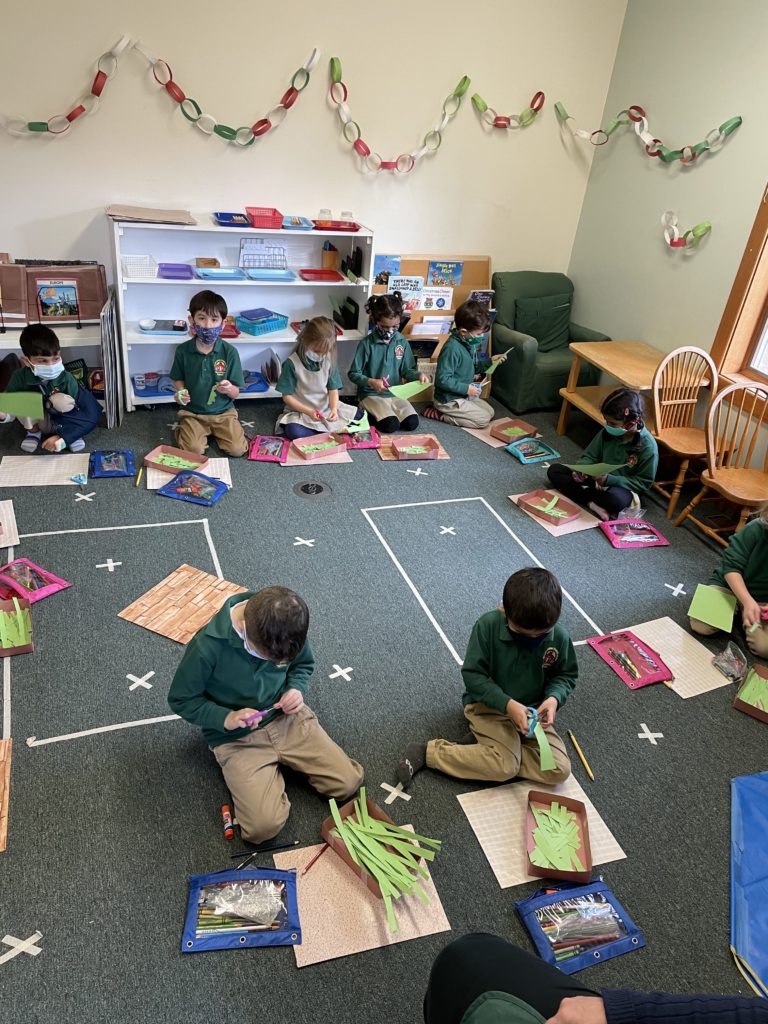Before children are even introduced to the written language on paper they must become aware of the oral language they need to identify the written sounds. Oral language came well before written language in human history. Humans have been speaking for over 200,000 years, yet the earliest forms of writing only appeared around 5,000 years ago. That’s a huge difference! And it has made a huge difference in our evolutionary development.
Our brain is actually wired to speak, but it isn’t necessarily wired to read and write with the ease of acquired spoken language. Thus when it comes to reading, we help our children to first understand speech sounds. After comfort with sounds, we present the printed letters that represent those sounds. The children understand the English language is a code. There are 44 speech sounds (phonemes) in the English language that are represented by 26 letters (graphemes). When we speak, we put those speech sounds together to make words. To represent those words on paper, we pair them with letters.
So what does all this have to do with decoding? If we want our children to be strong decoders, we need them to have a strong understanding of oral language speech sounds. That starts with phonological and phonemic awareness. Phonological awareness is the ability to identify and manipulate oral language such as syllables, rhymes, and compound words. Phonemic awareness is the ability to identify and manipulate the 44 phonemes sounds in spoken language.
We encourage the development of these skills by continuously having conversations with the children by using the Question Game. Asking the children details of their daily life experiences helps them in this fashion to become more aware of speech patterns.

Another game we use is the Naming Game which helps children to hear the sound of one specific sound by naming as many things as they can using only that sound. For example, saying the sound “b” then start naming items that start with that sound like “bat”, “baby”, and “bug” and emphasizing the “buh” sound strongly before finishing the word. Before long and with lots of practice, the children add their own words they know.
We also use simple small objects where the children identify an object by either a beginning, middle, or ending sound with our “I Spy Games”. I will be sending home a list of the 44 sounds to help you support your child at home with some of these kinds of activities.
Christmas Around the World
The children explored a variety of topics related to Christmas as they worked with their geography lessons. We talked about how the holiday is celebrated in Mexico, Russia, and Germany to name just a few.

Did you know that in Germany there is a cute folktale that the children are told about the animals on Christmas Eve? It says that the spiders were not invited because they made so many cobwebs in the houses. Someone felt sorry for them and invited them in any way.
During the night, the spiders played on the branches of the Christmas tree and in the morning everyone saw how wonderful the cobwebs decorated the tree, like tinsel garland.
Why don’t you explore Christmas with your children and write a journal about your own traditions?
